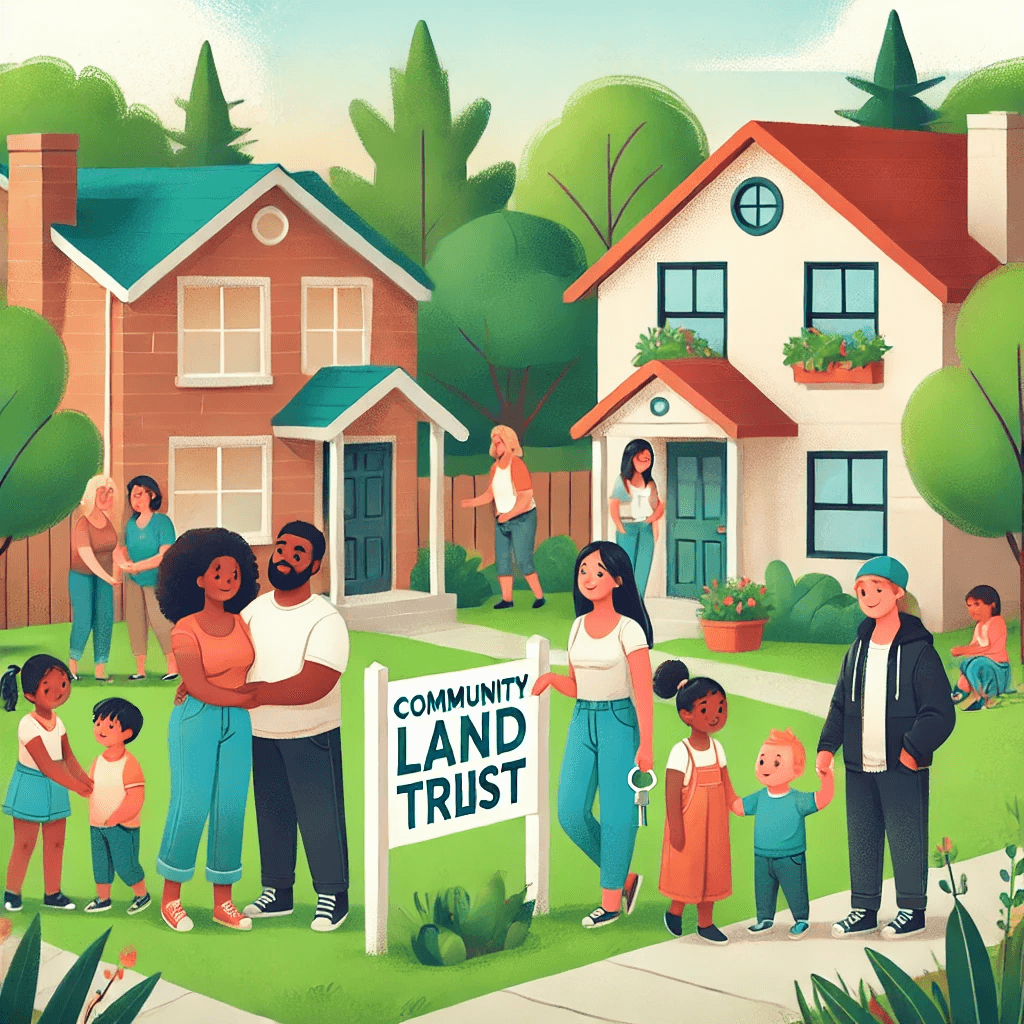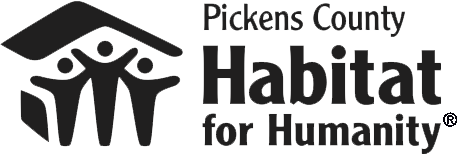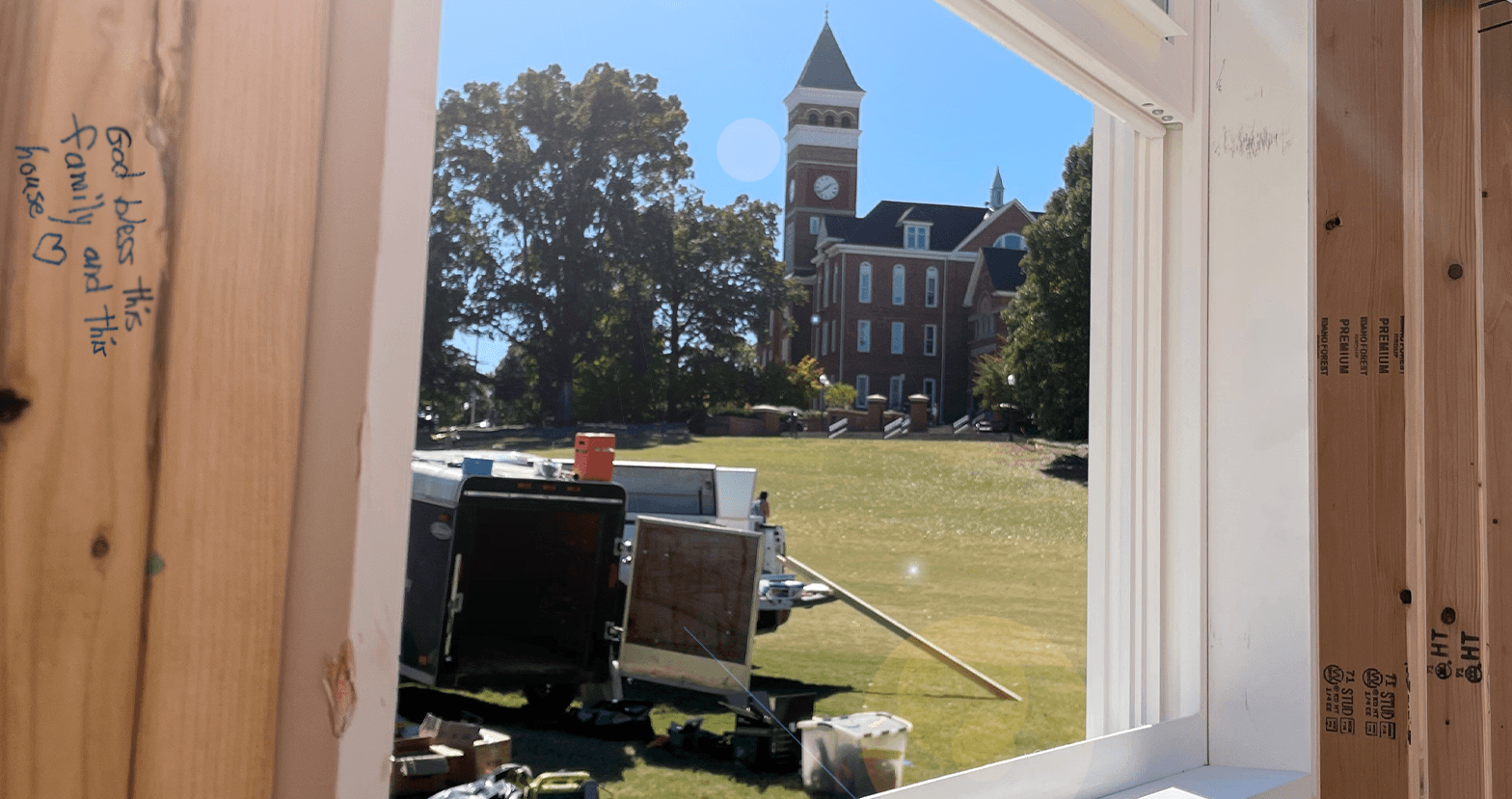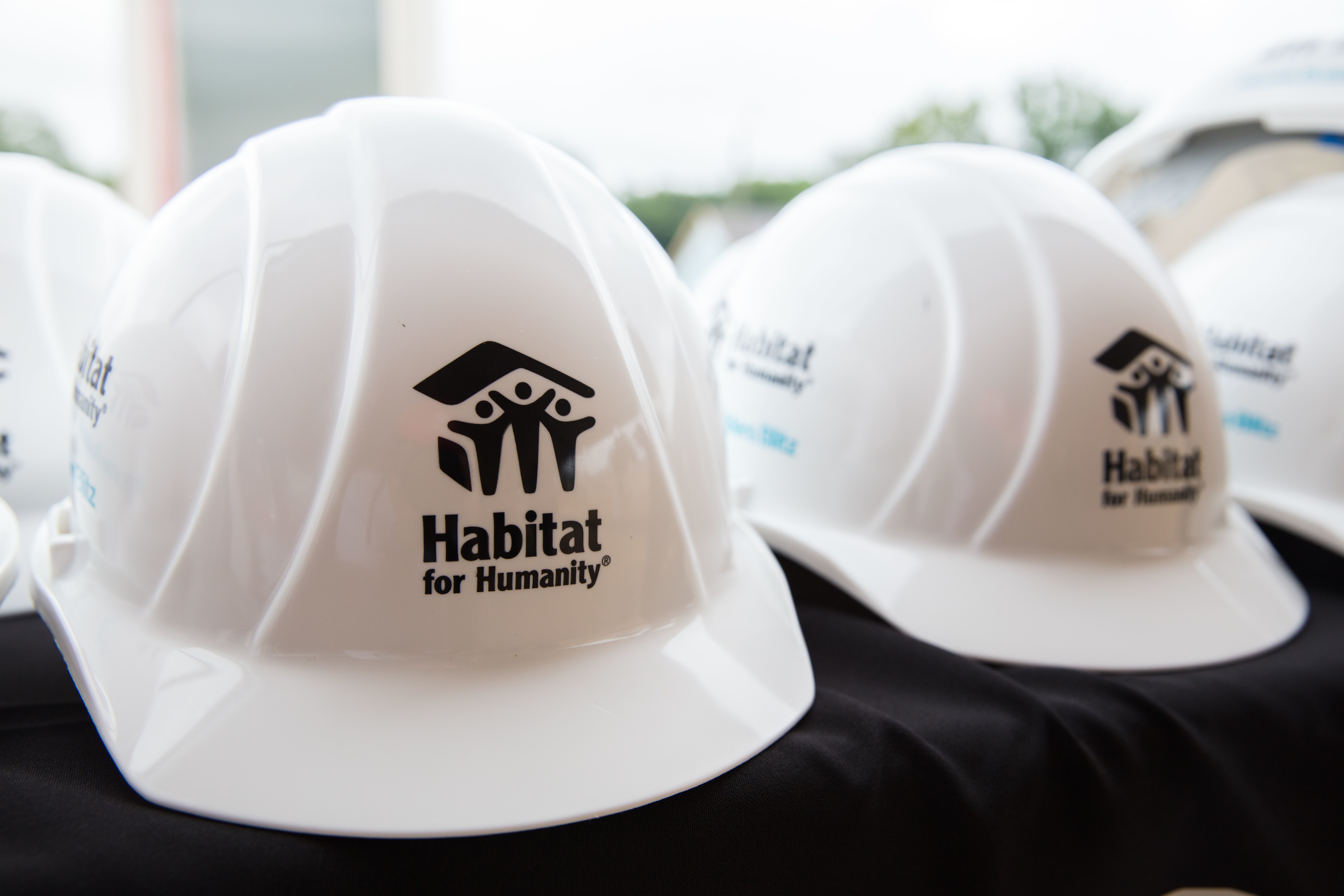
Community Land Trusts: A Potential Path to Lasting Affordable Housing
At Pickens County Habitat for Humanity, we are always exploring innovative ways to ensure affordable housing becomes a permanent solution for local families. This isn’t unique to our area; Habitat affiliates across the country are partnering with local communities to develop lasting affordability models.
Lasting Affordability Models
The Lasting Affordability Models in use by Habitat for Humanity offer support to households and communities facing housing shortages and an affordability crisis. Through a variety of mechanisms, these models are designed to:
- Maintain affordable housing units with lasting affordability.
- Protect homes from the speculative market, setting land aside that's affordable forever.
- Increase the number of families served, making homeownership a reality for more people now and for generations to come.
- Stabilize communities that may otherwise be subjected to gentrification or displacement by keeping long-time residents and their heirs in their own homes.
Before we delve into these models, though, we need to talk about subsidies.
Habitat’s Subsidy Model
At Habitat, we make homeownership affordable for families by providing a subsidy. This subsidy is extra financial support Habitat adds to help lower the overall cost of a home. Since 2020, rising construction costs—up to 37% higher in some areas—have meant we’ve had to increase the subsidy we provide to keep mortgage payments affordable.
Often, this subsidy is structured as a forgivable second mortgage. For example, if a home has appraised at $250,000, the homeowner might qualify for and take on a standard mortgage for $150,000, while the remaining $100,000 is covered by Habitat as a forgivable second mortgage. The homeowner doesn’t have to repay this second mortgage as long as they meet certain conditions, which keeps their payments manageable.
However, under this traditional model, the homeowner can sell the house at full market value once the mortgage is paid off—often for much more than their original investment—without repaying the subsidy. This can make the home too expensive for future families in need of affordable housing.
To prevent this, Habitat affiliates are looking to adopt lasting affordability models. Under these models, homeowners agree to limits on the resale price to ensure that the original subsidy stays with the home. This keeps the home affordable for future buyers, allowing more families to benefit from the opportunity of homeownership, not just the first family served.
Shared Equity Models
There are three primary lasting affordability models currently employed throughout the Habitat network: deed restrictions, ground leases, and community land trusts. These models are often called shared equity models because they involve sharing the financial gains—or equity—from a home between the homeowner and a nonprofit or government entity (like a community land trust or housing organization). Unlike traditional homeownership, where homeowners keep all the profits when they sell, shared equity models ensure that part of the home's increased value remains with the community to maintain affordability for future buyers.
Deed restrictions are agreements signed by homeowners that indicate they will only use their property for specific purposes in a specified manner. Deed restrictions can restrict how long a property must remain affordable to a specific income level. Resale restrictions are recorded in public real estate records, and are enforceable and legally binding. In a deed restriction, there is a final end date for affordability; but a mechanism can be included to start the affordability term again at resale.
Through a ground lease, a low- to moderate-income borrower can purchase a home on land leased to them through a municipality or nonprofit. The lease will include an affordable monthly fee. The ground lease will typically require that the home can only be purchased by a low- to moderate-income family when resold. The ground lease and deed are recorded, enforceable,
legally-binding documents.
Finally, many Habitat affiliates are choosing to adopt the community land trust (CLT) model. A CLT is more complicated than the other shared equity approaches, so let’s explore this model in more depth.
Koinonia Farms: Birthplace of Change
The community land trust model is an approach to affordability that has shared roots with Habitat for Humanity. Habitat was born on Koinonia Farm, a Christian farming community in Sumter County, Georgia that was founded in 1942 by Clarence and Florence Jordan and Martin and Mabel England. In 1958, Clarence Jordan, Millard Fuller and others met to discuss a new direction for Koinonia Farm. One idea was developing cooperatively owned enterprises and individually owned houses on land leased from a nonprofit, which Clarence Jordan called the Fund For Humanity. Jordan declared that “all land will be held in trust by the Fund for Humanity but will be used by the partners free of charge.” 22 of the first homes sold were developed with the land under the homes owned by the Fund for Humanity and leased for a nominal fee to the families buying the homes.
New Communities, widely recognized as one of the original models for community land trusts in the U.S., was founded in 1969 by frequent visitors to Koinonia Farm and was dedicated to empowering the community through economic development. In 1973, the Fullers decided to take the Fund for Humanity concept to Zaire, now the Democratic Republic of Congo. After three years of hard work to launch a successful house building program there, the Fullers then returned to the United States and called together a group of supporters to discuss the future of their dream: Habitat for Humanity International, founded in 1976.
Community Land Trusts
What exactly is a CLT, and why is it significant for the future of affordable housing in our community?
A community land trust is a nonprofit organization that acquires and holds land for the long term, ensuring that housing on that land remains affordable for generations. Under this model, a family may purchase a home, but the CLT retains ownership of the land, leasing it to the homeowner at an affordable rate. This not only helps reduce the upfront cost of purchasing a home but also ensures that future resale prices remain accessible to low- and moderate-income families.
CLTS are similar to the open space trusts established to preserve land for ecological benefits. Think of Yosemite, Yellowstone and the Great Smoky Mountains. We know that the land is there for us to hike, picnic, and enjoy today. You know that this is also true for your kids and future generations—the land is there for a public benefit, forever. Similarly, land in a CLT is there to be used for a singular purpose: the home that sits on that land will always be affordable to a targeted income level.
Under this model, the price of the home is disconnected from the cost of the land and is tied to a future income-qualified homeowner, which provides lasting affordability. This is because the land is held by the community land trust as a community asset in perpetuity. In order to keep the homes affordable to future income-eligible homebuyers, CLT homeowners agree to sell their homes at an affordable price.
The resale formula is pre-determined by the CLT. There are a variety of resale options that affiliates can explore, including appraisal-based, fixed rate or index-based (CPI or AMI). One example of a resale formula is using the appraisal based formula, where the resale price is based on the seller’s share of the appreciation determined by comparing the appraisal at purchase and the appraisal at resale. Profits from the sale of a home can be used to reinvest in other properties, maintain common areas, and keep homes affordable for future buyers.
Strengths and Limitations of CLTs
While CLTs offer a powerful solution for maintaining affordable housing, they are not without challenges. One limitation is that, since they do not own the land, homeowners don’t benefit from the same level of financial gain they would in a traditional home purchase, which can be a trade-off for long-term affordability. Additionally, managing and maintaining a CLT requires significant community support and substantial ongoing resources from the nonprofit sector.
Despite these challenges, the benefits of CLTs are clear. By removing land from the speculative real estate market, CLTs in many states are shielding homes from skyrocketing property values, helping keep working families in their communities. They create stability for homeowners, build stronger neighborhoods, and ensure that affordable housing remains available for generations to come.
Building a Stronger Future
At Pickens County Habitat for Humanity, we know that there are quite a few operational challenges we face now and in the future. In order to continue working toward our mission, we need to explore all reasonable options for expanding access to affordable workforce housing. We know that adopting a shared equity model could be a game-changer, which is why we are doing our homework and working hard to learn all we can about each option.
While no model is perfect, adopting a shared equity approach offers a sustainable path forward in our commitment to affordable housing without the continued sacrifice of subsidy dollars. Our staff, board of directors, and committee members are carefully evaluating every option to ensure we choose the best path forward for our community—even if that means deciding to make no changes at all. No matter which approach Pickens County Habitat for Humanity adopts, we know that through the support of local partners, volunteers, and donors, we can create a brighter future where affordable housing is not just a dream for today, but a reality for generations.


